Flavor and taste characteristics of Honduran coffee beans in America introduction to the characteristics of Shirley Coffee Bean barrel treatment
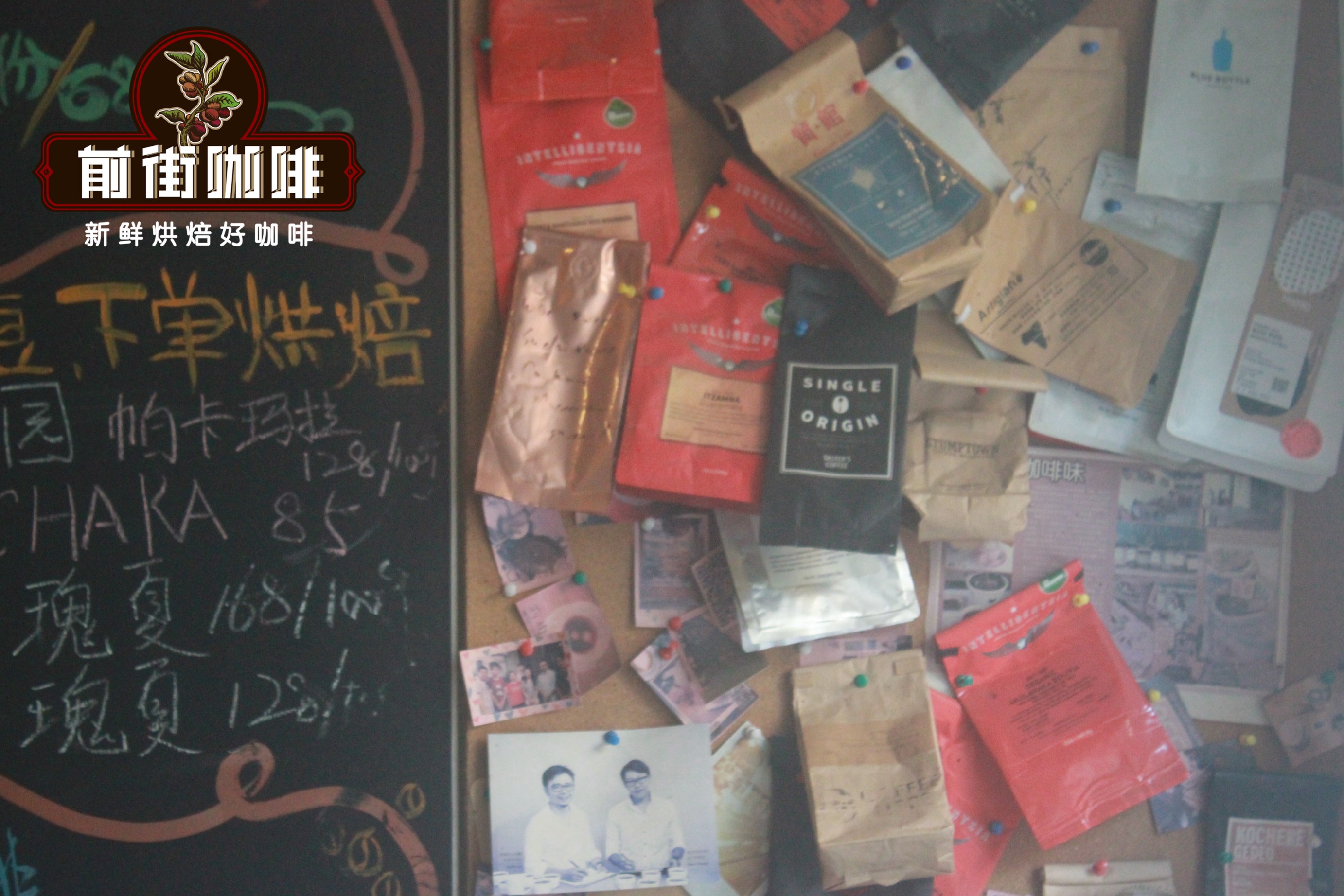
China's beverage market is growing, and those who drink only coffee or only drink are gradually brought to the early C and late A lifestyle. And some friends want to wake up early in the morning, but also think about the aroma of wine, at this time, a bean with the aroma of wine is very appropriate. Often a friend comes to the store in front of the street and orders a cup of Honduran sherry coffee. They all say that the smell of the wine is really special, and even want to know the information behind the bean. Next, Qianjie will tell you about Honduran coffee beans.
Honduras
Honduras is located in the north of Central America, facing the Caribbean Sea to the north, the Gulf of Fonseca in the Pacific Ocean to the south, Nicaragua and El Salvador to the east and south, and Guatemala to the west, mostly mountains and plateaus. It has a tropical climate, mild temperature and abundant rainfall, so it is an ideal place for coffee growth.
Honduras produces two kinds of coffee of very good quality, which are highly respected by coffee lovers. One is "Highland Coffee", which grows at an altitude of 1000 to 1500 meters, and the other is "selected Highland Coffee", which represents the highest level of Honduras, which grows at an altitude of 1500 to 2000 meters.
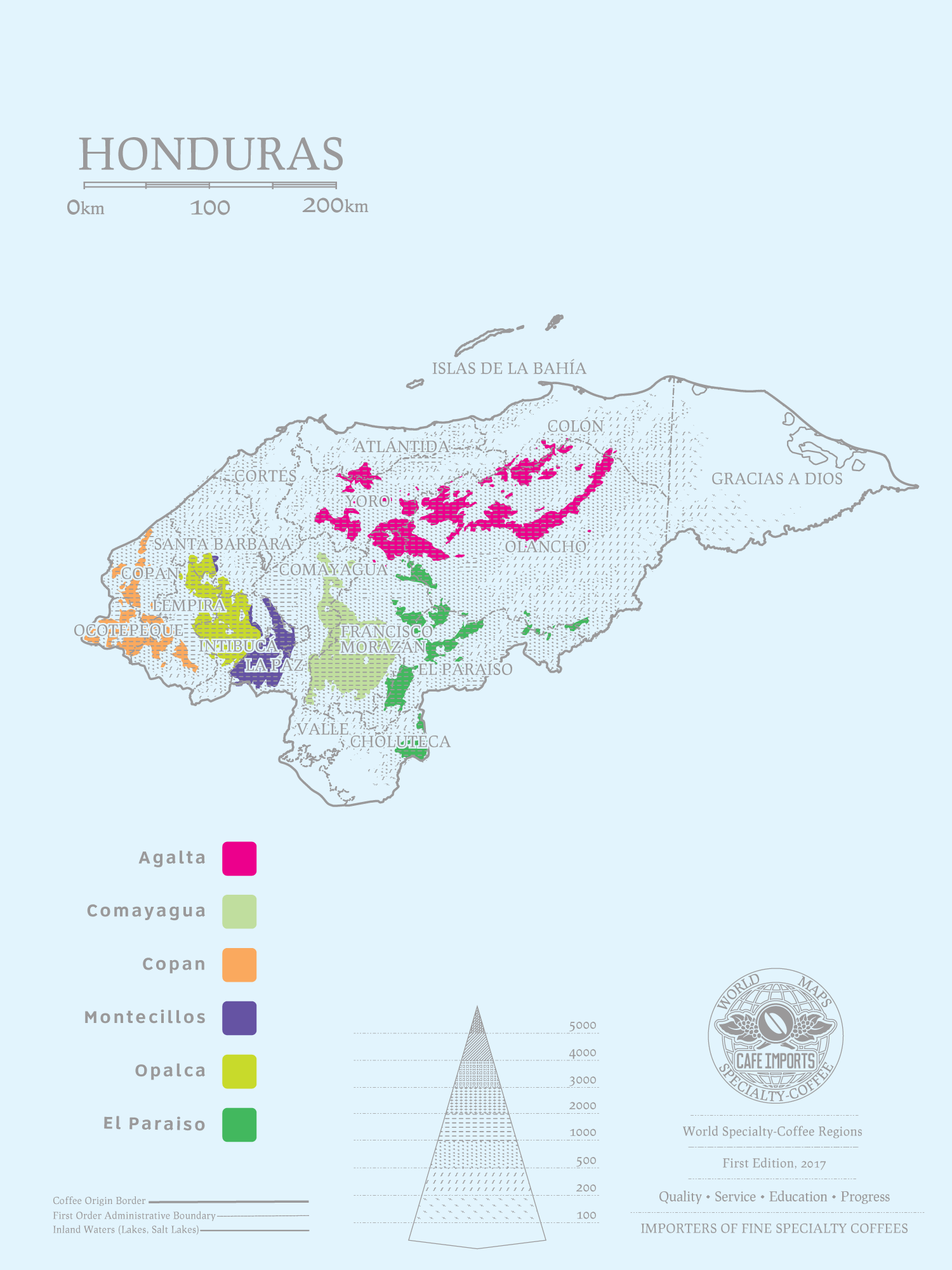
Honduras is now the largest coffee producer in Central America. Honduras is roughly divided into six producing areas: Copan, Montecillos, Agalta, Opalaca, Comayagua and El Paraiso.
[Kefan]
The producing area is located in western Honduras, bordering Guatemala. The average altitude is 1000 meters to 1500 meters, the humidity is high, the temperature difference is large, the lowest temperature can reach 11.5 ℃.
[Montesius]
The average altitude of the planting area in Montesius is between 1200 meters and 1600 meters above sea level, and the temperature is low at night, which is very suitable for the slow ripening of coffee cherries to make the finished products sweeter. The coffee in this area has citrus, peach, apricot and other fruit aromas, caramel-like sweetness and smooth taste.
[Akata]
Akata producing area is located in the southeast of Honduras, which has a typical tropical climate, planting between 1100 meters and 1400 meters above sea level. Akata coffee has tropical fruit and chocolate flavors, low acidity and caramel sweetness.
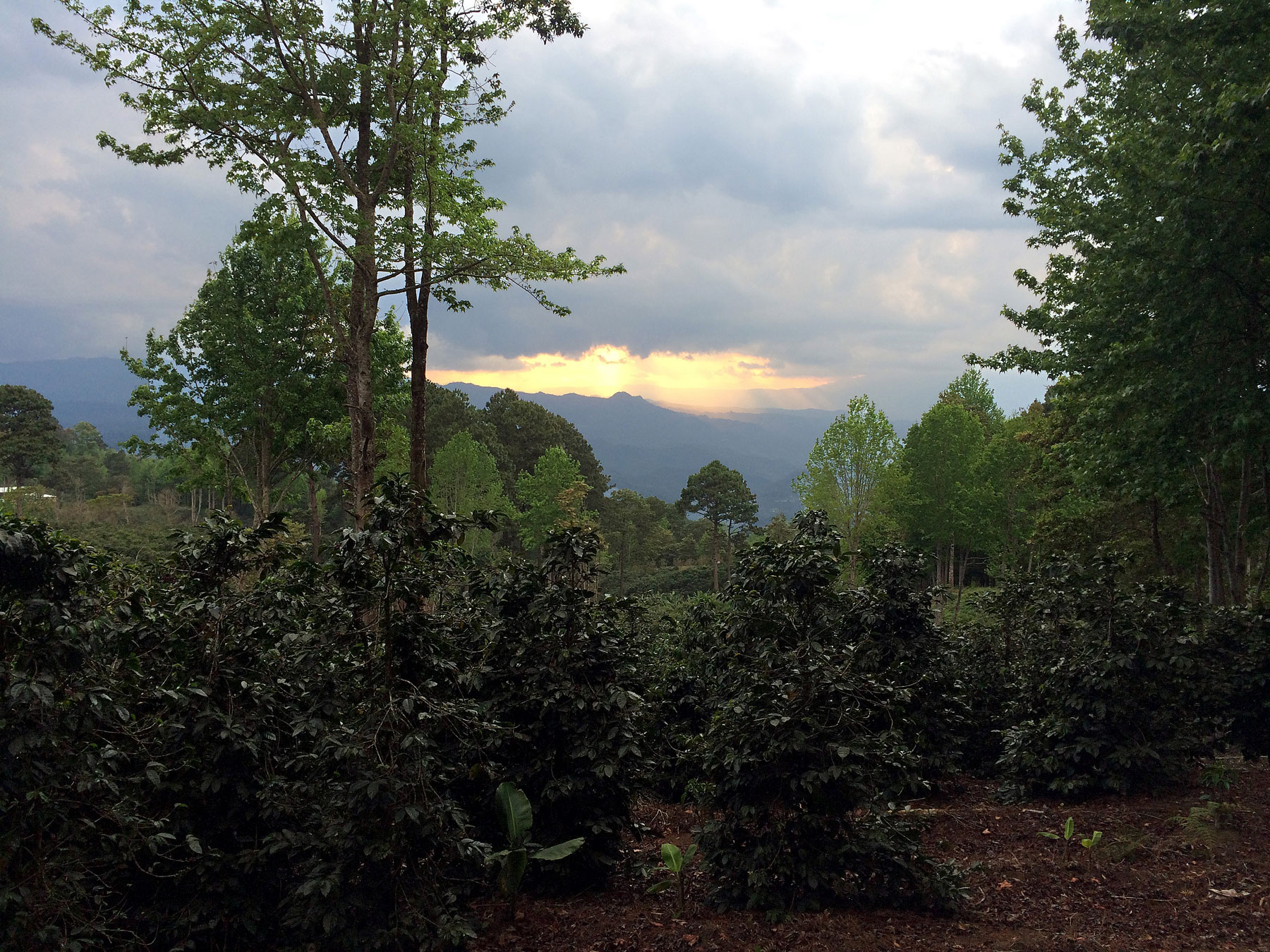
[Obalaka]
Obalaka producing area is adjacent to Kefan producing area. The common varieties of coffee in this area are bourbon, Kaduai and iron pickup. It is planted at an altitude of between 1100 and 1500 meters. The coffee level in Obalaka is more complex, the acid is more refined, and the aftertaste is more balanced.
[Komayagua]
Komayagua, located in the middle of Honduras, had the highest coffee production in Honduras in 2016. The coffee in Komayagua region has citrus sour aroma and creamy taste.
[El Paraiso]
El Paraiso is located in the south of Honduras and borders Nicaragua. The planting altitude is between 1000 m and 1400 m, and the temperature here is higher, between 16 °C and 22.5 °C. El Paraiso is the largest and oldest producing area in Honduras.
Coffee bean variety
There are two Honduran coffee beans on the front street bean list, one is Shirley and the other is litchi orchid. Among them, the varieties of litchi orchid are Kaddura, Kaduai; Shirley is Kaddura, Kaduai, Pacas.
[Kaddura]
Kaddura, a natural variety of bourbon, was found on a plantation in the Brazilian state of Minas Gerais between 1915 and 1918. The coffee plants of the Kaddura variety are short, so the planting density is higher. The Kaddura variety was introduced to Guatemala in the 1940s and then to Costa Rica, Honduras and Panama from Guatemala.
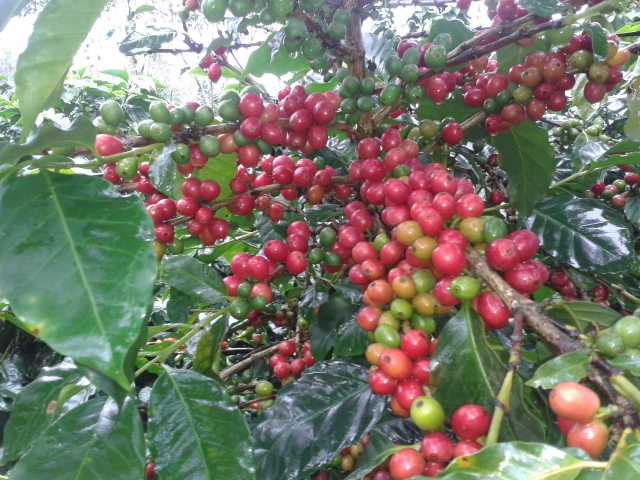
[Kaduai]
Kaduai is a coffee variety bred by a hybrid of New World (Mundo Novo) and Kaddura (Caturra) developed by the Institute of Agricultural language in the State of Sao Paulo, Brazil. The coffee plants of the Kaduai variety are shorter and denser, but are prone to insect pests.
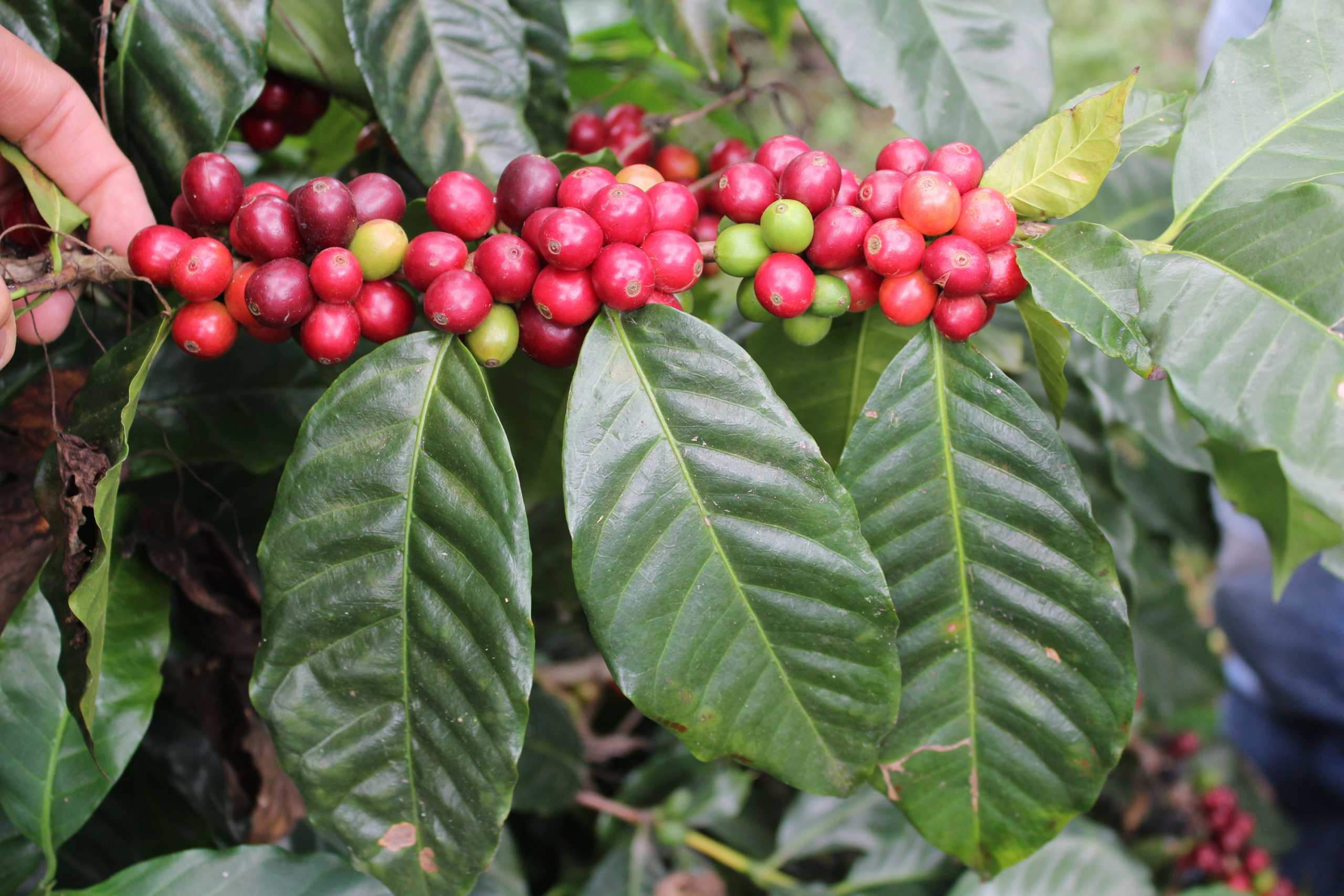
[Pacas]
The Pacas breed was discovered in 1949 on a farm of the Pacas family in the Santa Ana region of El Salvador. In 1960, the Salvadoran Coffee Institute (ISIC) began a Pacas pedigree selection program (selecting individual plants for successive generations). IHCAFE from Honduras was introduced and began to grow Pacas varieties in 1974. Pacas is also a natural variety of bourbon. Pacas is similar to Kaddura. Coffee plants are relatively small, but the Pacas variety has higher yield and better quality.
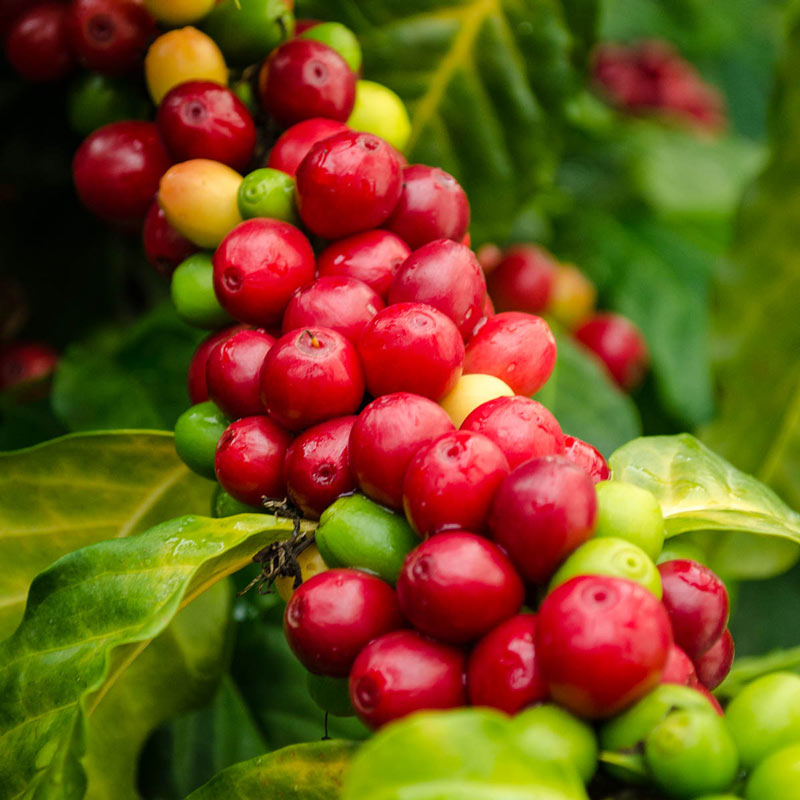
Treatment mode
Honduran high-quality coffee is washed to deal with coffee beans, usually after soaking, when soaking, defective fruit will surface, it can be discarded first. Then put the good fruit into the fruit peeling machine and peel off the peel with the rotating force of the machine. Peeled fruits are screened by machines to select fruits of high quality. Usually the bigger the fruit, the better the maturity.
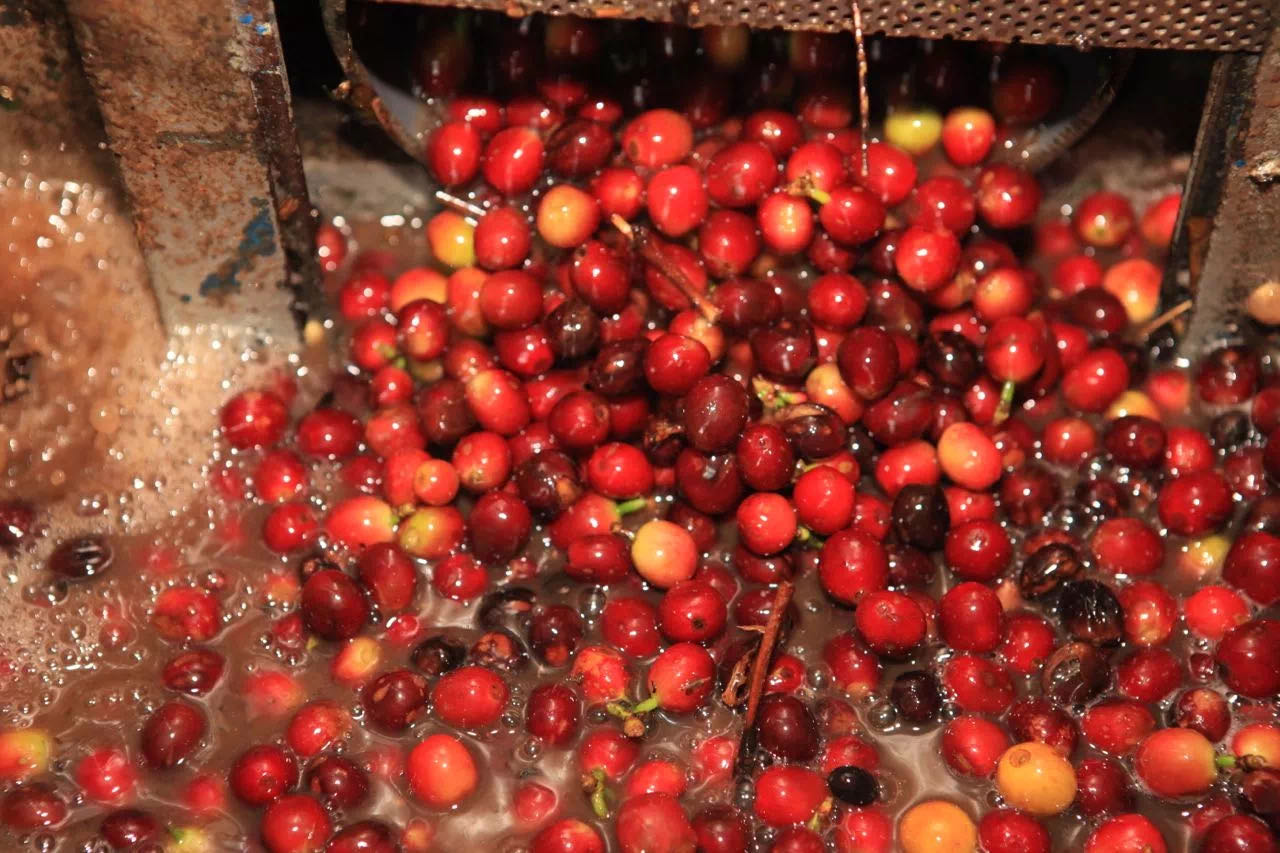
On the other hand, the Honduran sherry beans of Qianjie Coffee are placed in a barrel for fermentation after going through a washing process. Shirley belongs to whisky kegs and fermented coffee beans.
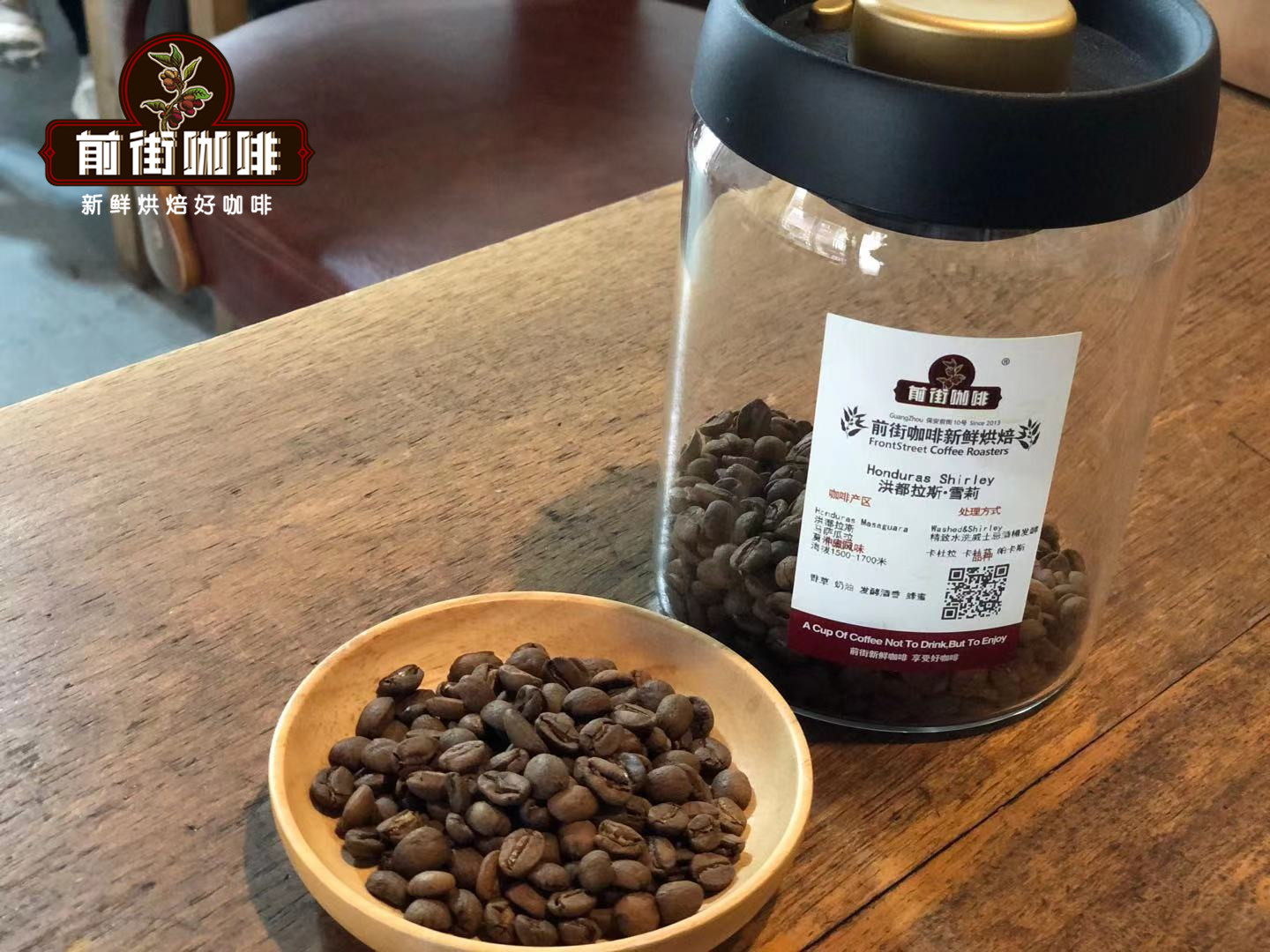
Front Street Coffee, Honduras Shirley.
Producing area: Manor Masaguaramoca, Honduras
Altitude: 1500m--1700m
Treatment: fine washing + whisky barrel fermentation
Variety: Kaddura, Kaduai, Pacas
Shirley on the front street was washed and put into a whisky barrel at a low temperature (15 ℃ to 20 ℃) to ferment for 30 to 40 days, then placed in a shade to dry. The reason for not choosing to dry in the sun is that after exposure to the sun, the aroma of the wine will be decomposed as the temperature increases, and even produce more fermented acid.
Cooking suggestion
Qianjie coffee brewing parameters
Filter cup: Hario V60
Water temperature: 90 ℃
Amount of powder: 15g
Powder / water ratio: 1:15
Degree of grinding: EK 43s#10 (pass rate of standard No. 20 screen is 80%)
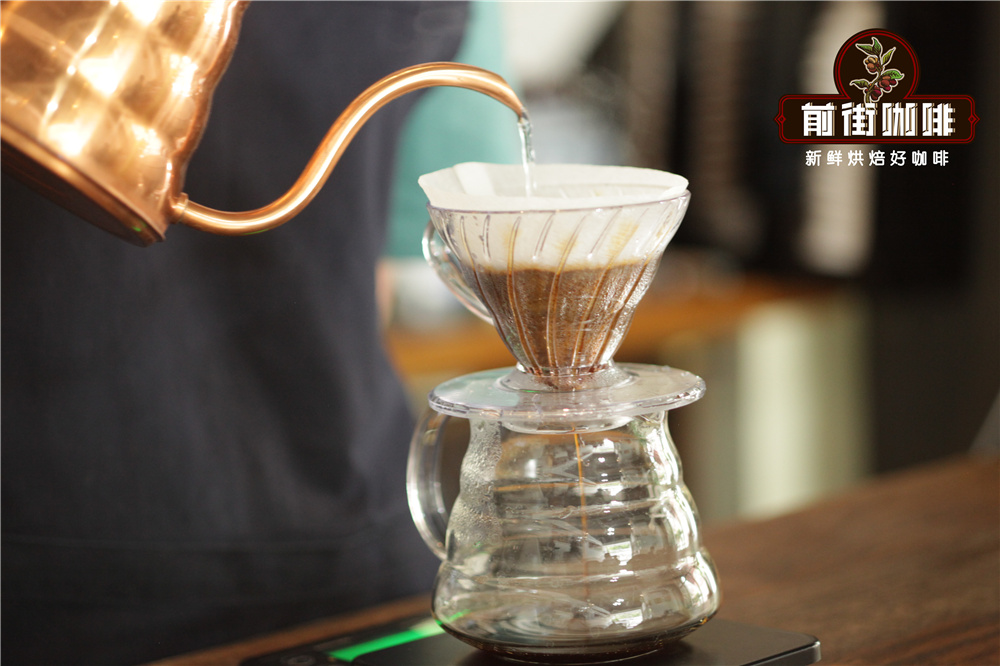
Cooking technique: the front street uses a three-stage water injection method when cooking sherry in Honduras. First of all, wet the coffee powder completely with 30 grams of water and steam for 30 seconds; stop injection when 125 grams of water is injected around the small flow; stop injection when the water level in the filter cup drops to 225 grams when the water level is about to expose the powder bed; remove the filter cup when the water in the filter cup is completely dripped to the sharing pot, and (the steaming starts) the extraction time is 2 minutes 39th.
Honduran coffee has a rich and mellow taste, taste is not astringent, not sour, mellow and aroma are very high, quite personality. This is the case with Honduras Shirley on the front street, with creamy smoothness, whisky and vanilla aromas, berry acidity and a dark chocolate and honey finish.
For more information about coffee beans, please follow the coffee workshop (Wechat official account cafe_style) and exchange professional coffee knowledge. Please add Wechat account kaixinguoguo0925.
Important Notice :
前街咖啡 FrontStreet Coffee has moved to new addredd:
FrontStreet Coffee Address: 315,Donghua East Road,GuangZhou
Tel:020 38364473
- Prev

Taste characteristics of stories related to Guatemalan Coffee
Related story editor Mayan Coffee Culture some people say that you will see a wonderful story in the unique smoky taste of a cup of Antigua coffee in Guatemala, which is a story about Indians. Drinking pure Antigua coffee from Guatemala and playing a South American folk song. Our thoughts can be pulled far away, as far as we have never met before. Once in danger
- Next
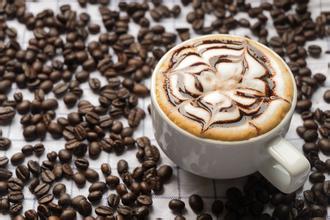
Blue Mountain Coffee Unique Flavor Origin History
From the above we can understand the general production situation of Blue Mountain coffee. It should be noted that 99.9% of the Blue Mountain coffee that can be drunk in China is only planted near the Blue Mountain Mountains. Only the coffee produced in the 6000 hectares above 1600 meters above sea level can be called Blue Mountain, and the output has always been below 900 tons. According to the principle of 10% supply to the whole world outside Japan, this kind of coffee can be used in the whole world.
Related
- Does Rose Summer choose Blue, Green or Red? Detailed explanation of Rose Summer Coffee plots and Classification in Panamanian Jade Manor
- What is the difference between the origin, producing area, processing plant, cooperative and manor of coffee beans?
- How fine does the espresso powder fit? how to grind the espresso?
- Sca coffee roasting degree color card coffee roasting degree 8 roasting color values what do you mean?
- The practice of lattes: how to make lattes at home
- Introduction to Indonesian Fine Coffee beans-- Java Coffee producing area of Indonesian Arabica Coffee
- How much will the flavor of light and medium roasted rose summer be expressed? What baking level is rose summer suitable for?
- Introduction to the characteristics of washing, sun-drying or wet-planing coffee commonly used in Mantenin, Indonesia
- Price characteristics of Arabica Coffee Bean Starbucks introduction to Manning Coffee Bean Taste producing area Variety Manor
- What is the authentic Yega flavor? What are the flavor characteristics of the really excellent Yejasuffi coffee beans?

